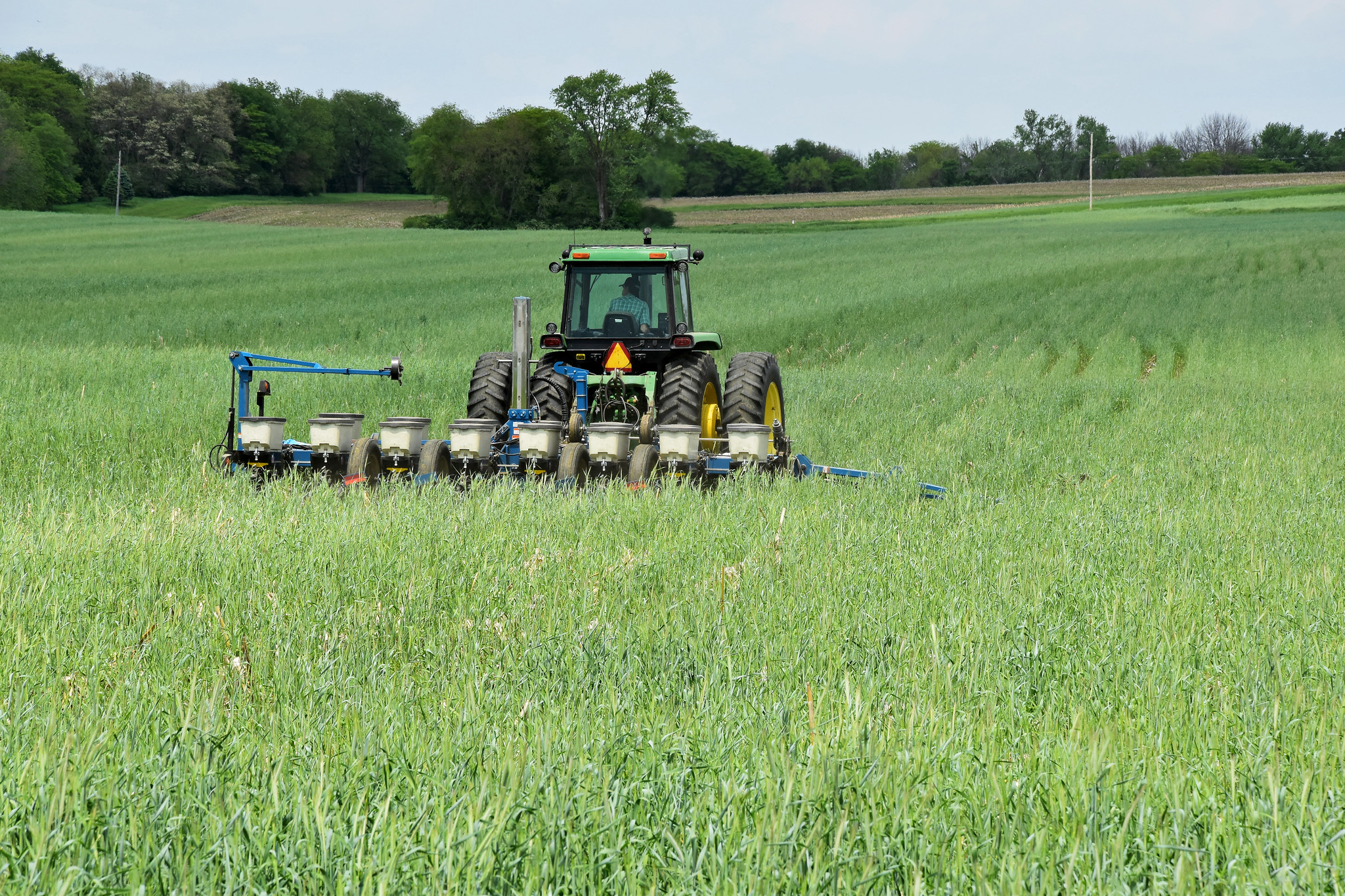
U.S. farmers are too productive for their own good, Chad Hart believes. The supply of all commodities is outpacing demand, and the challenge in these market conditions is finding new sources of market growth.
Hart, professor of economics at Iowa State University, spoke at the Agronomy Conference and Expo, sponsored by the Fertilizer Institute Aug. 12-14 in downtown St. Louis, Missouri
The latest World Agricultural Supply and Demand Estimates, released Aug. 12, forecast record crops for both corn and soybeans, putting further downward pressure on prices. The WASDE raised estimates for 2024 corn production to 15.157 billion bushels, the third-largest total on record, if realized. Soybean production was forecast at a record production of 4.589 billion bushels.
All this production is due to increased yields, despite acreage slightly shrinking. Drought is no longer an issue throughout the Corn Belt, except in a few parts of Kansas. Since “big crops tend to get bigger” in subsequent WASDEs, Hart said, the September reports could see even bigger totals. The rest of the world is sharing in this productivity boom, which further depresses prices.
Return to normal?
Actually, Hart said, U.S. farmers are returning to a more normal era of prices, supply and demand, following a five-year “incredible run of productivity and profitability.” Historically, he said, farm incomes and profitability rise in times of constrained supply—like during the recent drought.
“Farmers do better on income when yields are low and prices are high, rather than when yields are high and prices are low,” he said. The recent drought saw big surges in farm income, due partly to higher prices and partly to assistance provided by the federal government to farmers during the COVID-19 crisis and drought.
Prices of all major farm commodities have been dropping over the past year or two, with the exception of dairy products. The price downturn has been mostly supply-driven.
Demand has remained relatively strong, both at home and overseas, but it’s being overtaken by record supplies, he said. While adjusting to constrained conditions compared to previous ones can be painful, Hart said that demand still remains relatively strong.
He pointed to three factors squeezing farm incomes. The Phase I trade agreement with China, which lasted two years, has expired. Phase I required China to buy a certain amount of U.S. agriculture products, even while leaving tariffs in place. China is now free to buy soybeans from Brazil—which it is doing.
Farmers are also seeing a lot less of the government support they enjoyed during the COVID-19 pandemic. Commodity prices have not yet dropped far enough to trigger government price supports.
Finally, interest rates are inching up again, making borrowing more expensive. One of Hart’s charts showed farmers paying off debt loads in 2021, but farm debt is increasing again.
Ethanol demand steady but not growing
Hart said demand for renewable fuels derived from crops remains strong. The renewable industry has invested billions in new crush facilities, and they are humming along at capacity. The renewable diesel market has doubled in size over the past few years, but most of it is headed to California.
However, the market has been fragmented by the introduction of carbon pricing, in the form of Carbon Intensity Scores. These measure the “carbon intensity” of various crop sources, with a lower CIS resulting in lower prices in the market.
“Ag’s future in fuels is not just a matter of growing more corn and soybeans, but of CIS,” Hart said. “This means that grains with a different CIS cannot be mixed in the crush process.”
Overseas demand for U.S. soybeans elsewhere is a “mixed bag,” Hart said, but where it is strong, it is mostly due to current low prices—not permanent increases in demand. Ten years ago, the U.S. supplied about a third of world export soybeans and was also the single largest producer. Today, the U.S. still provides about a third of world soybeans—but Brazil is now in the top producer spot.
“Soybean exports are struggling the most,” Hart said, with sales down by about 250 million bushels. The Chinese market remains dominant.
The constrained conditions and reduced farm spending Hart spoke about were reflected in the Agronomy Conference and Expo. The event was rebranded and re-tooled from what used to be known as InfoAg. This year, ag retailers made up about 50% of the exhibitors, unlike past years at InfoAg, where they made up 10 to 20%, according to one FI staff member. The event had a smaller footprint than past InfoAg events.
Hart grew up in southern Missouri, where his parents raised a few cattle and operated a meat locker. He received his Ph.D. in economics and statistics in 1999 from Iowa State University.
David Murray can be reached at [email protected].



